Chronic or acute appendicitis can affect people of all age groups. Undergo minimally invasive laparoscopic appendectomy at the hands of experienced surgeons. Get rid of the constant pain in the right side of the abdomen through a minimal pain procedure.
Happy Patients
Disease
Hospitals
Cities
Appendectomy or appendix removal Operation is the procedure to remove an inflamed or infected appendix. This procedure is usually recommended in cases of acute appendicitis where the condition advances rapidly. In cases of acute appendicitis, there is a higher risk of the appendix bursting on its own. If the appendix bursts, the infection may spread to the entire body, which can be fatal. Thus, timely treatment is critical in the case of acute appendicitis. In chronic appendicitis, surgical treatment is elective as the pain is not severe, and the chances of other complications are also minimal.
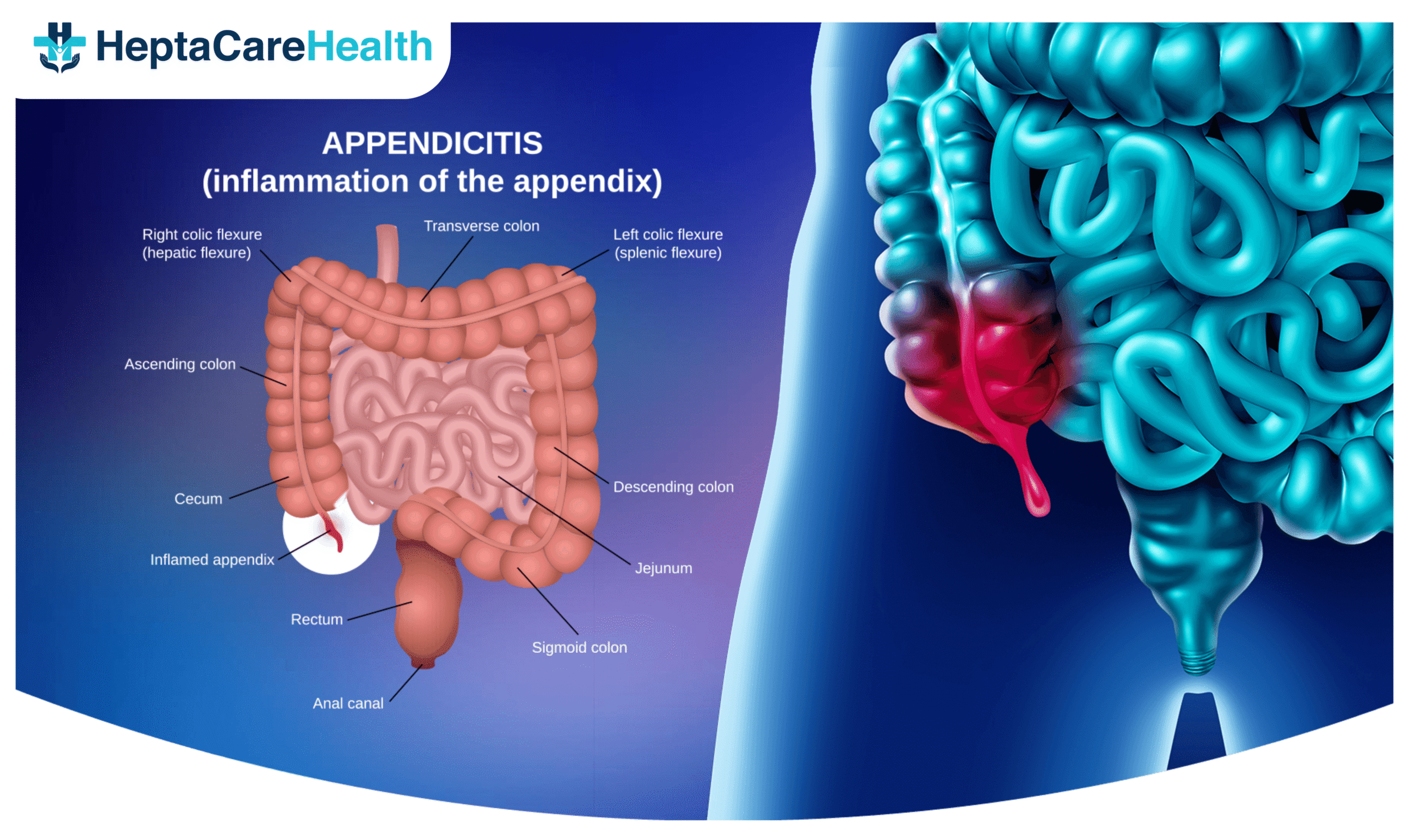
We provide laparoscopic treatment for appendicitis, which is the safest and minimally invasive technique. The Appendicitis Laparoscopic Surgery is performed at our partnered hospitals in India that have modern infrastructure and state-of-the-art facilities. Hepta Care Health also has its own clinics across the country where the doctors provide consultations to the patients.
We have a dedicated team of general and laparoscopic surgeons who are well trained. Our doctors have 10+ years of experience in treating appendicitis through both open and laparoscopic techniques. You can book a free consultation with our experts and get advanced treatment for appendicitis cost-effectively.
If appendicitis is left untreated, infected bacteria that are stored inside the appendix cause inflammation and cut off blood supply, leading to the development of a hole or tear in the dead wall. As pressure builds up due to the blockage, it results in the bursting of the appendix. This can cause the bacteria and pus to flow into the abdominal cavity that holds the liver, stomach, and intestines. This is considered a medical emergency as it can lead to severe and life-threatening complications.
In this surgical procedure, the surgeon removes the appendix by making a single, large incision—about 5–10 centimeters—in the lower-right abdominal area. After removing the appendix, the surgeon closes the wound with stitches.
This is considered an advanced procedure compared to the conventional method of appendix removal surgery. In this method, the surgeon makes two or three tiny incisions in your abdomen rather than a single large cut and inserts a laparoscope – a thin tube with a camera and light attached to it, which allows them to view the inside of your abdomen. The appendix is tied and closed using sutures or surgical tape and covered with a dressing.
If you are experiencing any signs or symptoms of an inflamed appendix or appendicitis and consult a doctor, the diagnosis will typically follow these steps:
The doctor will review your symptoms and medical history to rule out other potential health issues.
You may be asked to identify the area of pain. Based on your response, the doctor will physically check for tenderness, percussions, and rebound pain.
Depending on your condition, the doctor may recommend a blood test and urinalysis to eliminate the possibility of other complications.
Based on the clinical findings and the results of these tests, the doctor may also suggest imaging procedures such as X-rays, CT scans, MRI scans, or an ultrasound for confirmation.
To begin the laparoscopic appendectomy, the anesthesiologist will administer general anesthesia to ensure you remain pain-free and comfortable throughout the surgery.
The surgeon will make small incisions in your abdominal area to access the appendix.
A cannula will be inserted to inflate your abdomen with harmless carbon dioxide (CO2) gas, creating a clear view of the appendix.
Through one of the incisions, the surgeon will insert a laparoscope—a thin, lighted tube with a camera attached—to visualize internal structures and guide the surgical tools.
Once the appendix is located, the surgeon will use specialized instruments to separate it from the intestine and seal the ends with surgical staples.
After removing the appendix, the surgeon will withdraw the instruments and laparoscope.
The incisions will then be closed with sutures and sealed using skin glue or closure tapes.
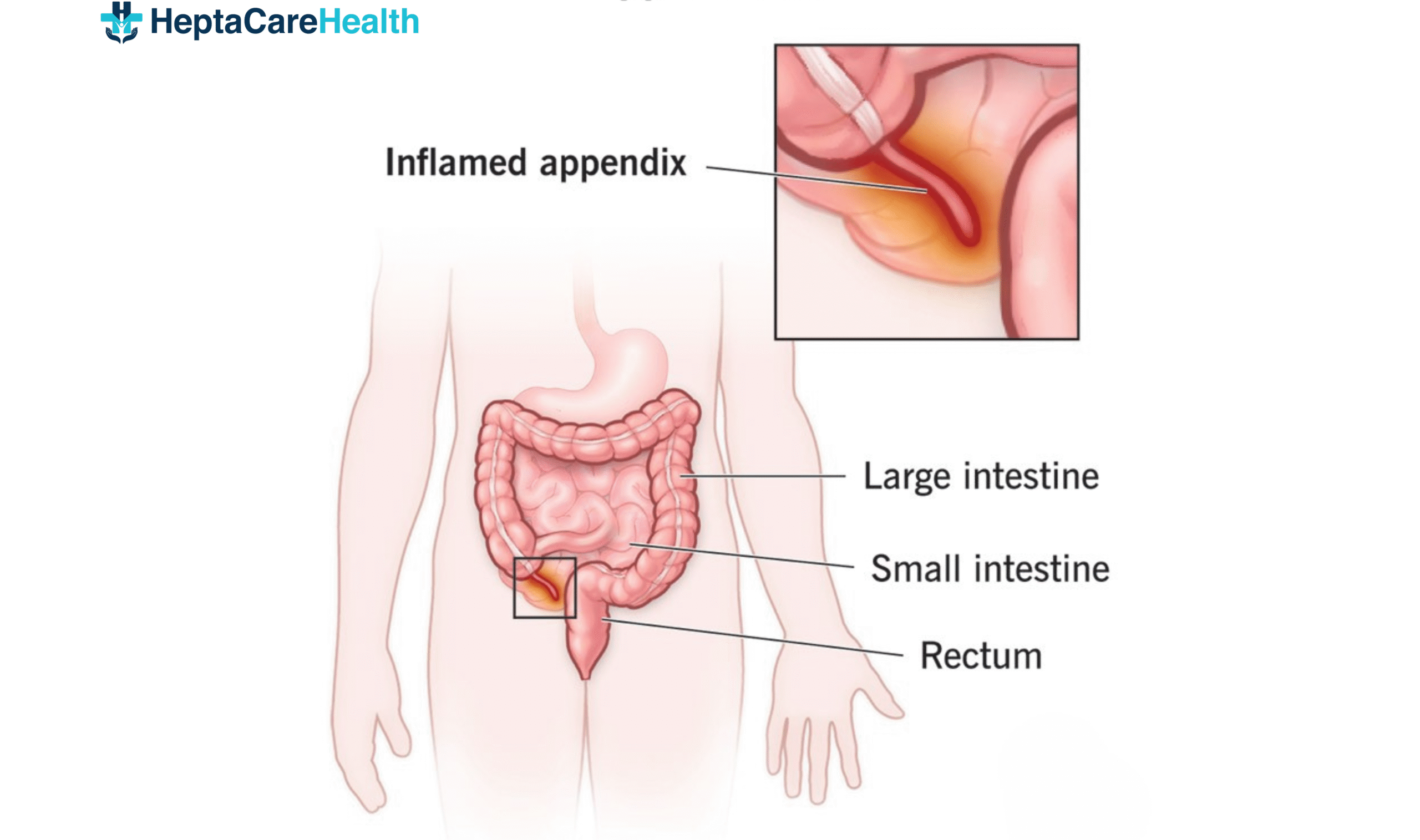
After the appendix operation, you can expect slight pain, discomfort, and disorientation until the effects of anesthesia completely wear off.
Once the anesthesia wears off and your vital signs — blood pressure, breathing, and pulse rate — stabilize, the medical team will move you to the recovery room. Based on your overall condition and the treatment procedure, they will prepare you for discharge from the hospital.
To prevent possible wound infections, your doctor will advise you to keep the surgical area dry and clean for the next few days.
During the first few days after undergoing an appendectomy, you may feel moderate pain in the areas surrounding your abdomen, and the doctor will accordingly prescribe antibiotics to deal with the pain and prevent any further infections.
Patients and doctors prefer Appendicitis Laparoscopic Surgery because it has the following advantages over open surgery-
Antibiotic medications are the only alternative treatment for appendicitis. However, this option works only in cases of chronic appendicitis, where the condition recurs frequently. In such cases, the appendix doesn’t worsen to the point that requires laparoscopic surgery. Medications alone can effectively manage the condition.
The usual appendix surgery recovery time is about 1 to 3 weeks at most. The patient will be able to return to work and resume daily activities within a week. Some instructions will be given by the doctor for faster recovery. If you follow all the instructions carefully, you will be able to fully recover in the given time frame.
The results of an appendectomy are immediate as the patient will get relief from the symptoms right after the surgery. There are zero chances of recurrence of appendicitis as the organ itself is removed during the procedure.
On 24 Oct 2021, Mr. Prabhdeep Dhillon visited Hepta Care Health with severe pain on the right side of his lower abdomen. After a thorough consultation, Dr. Varun Gupta diagnosed swelling in the lymphatic tissue. Although there was no sign of rupture, the appendix had a minor perforation with minimal fluid (pus) accumulation around it.
Dr. Gupta recommended immediate laparoscopic appendix removal surgery, which he successfully performed. After monitoring Mr. Dhillon's vital signs, the medical team discharged him within the next 24 hours. Mr. Dhillon made a full recovery without experiencing any issues during the healing period.


Based on 7721 Recommendations | Rated 4.68 Out of 5
Happy Patients
Clinics
Cities
Surgeries
Doctors
Hospitals

Protrusion of internal organs into abdominal muscle wall …
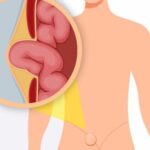
Heal painful anal fissures with advanced, non-surgical care.
Quick relief, minimal downtime, expert proctology support…

Treat anal fistula with safe, advanced procedures.
Minimally invasive care with faster recovery.

Get permanent relief from pilonidal sinus with laser surgery.
Painless procedure, quick healing, same-day discharge.

Advanced treatment for rectal prolapse by expert surgeons.
Safe procedure, minimal pain, long-term relief.
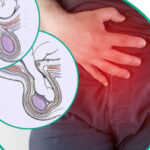
Advanced treatment for rectal prolapse by expert surgeons.
Safe procedure, minimal pain, long-term relief.
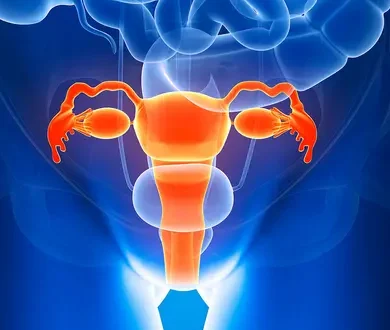
Get permanent relief from pilonidal sinus with laser surgery.
Painless procedure, quick healing, same-day discharge.

Advanced treatment for rectal prolapse by expert surgeons.
Safe procedure, minimal pain, long-term relief.

Advanced treatment for rectal prolapse by expert surgeons.
Safe procedure, minimal pain, long-term relief.
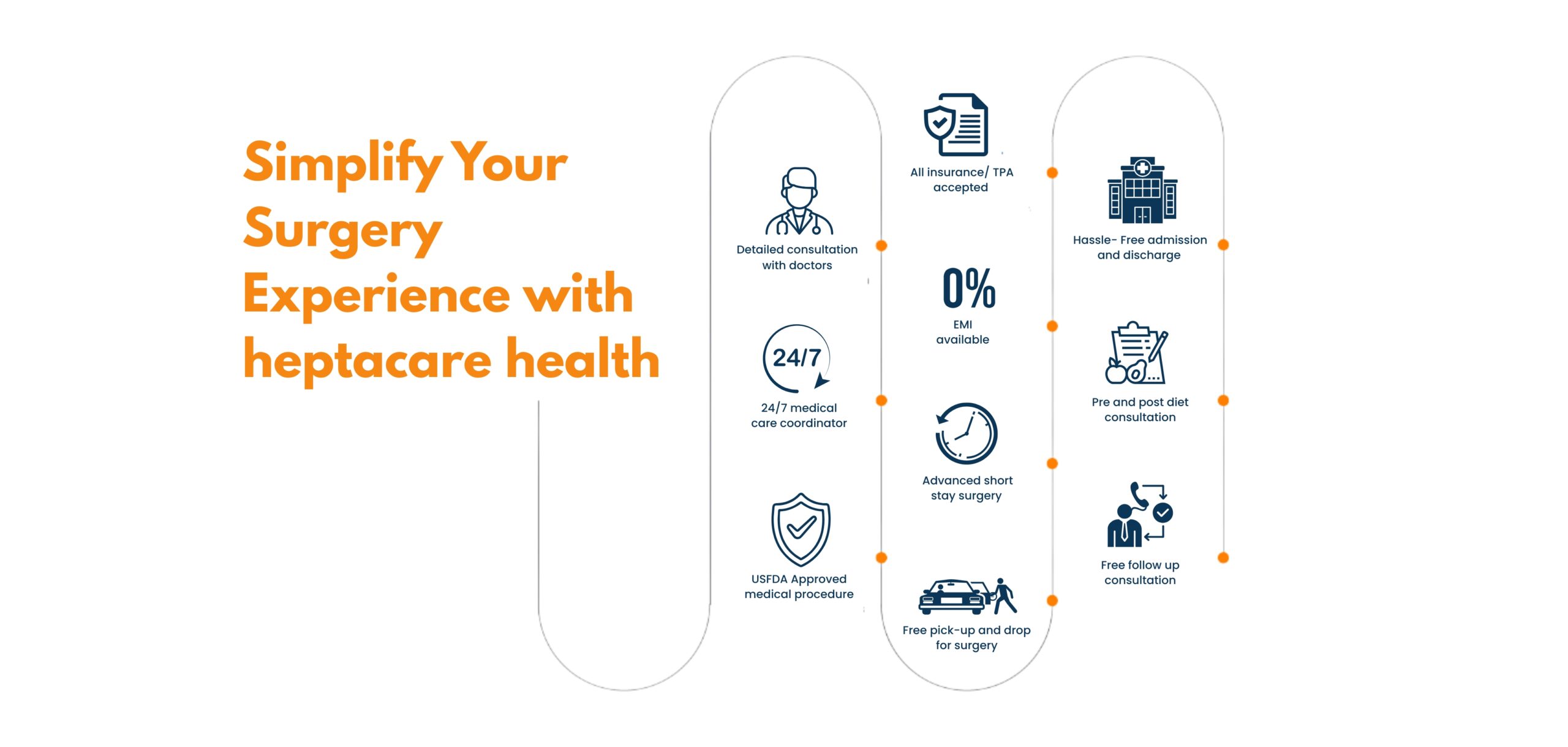
Most patients feel only mild pain or bloating for 1–2 days, which is well managed with medicines. Compared to open surgery, laparoscopy has much less pain and scarring.
Delaying treatment can make the hernia bigger, more painful, and risk serious complications such as obstruction or strangulation, which can be life-threatening.
Most hernia surgeries take 30–60 minutes. In many cases, patients can go home the same day (day-care surgery).
Yes, light walking is encouraged the same day or next day. It helps recovery and prevents complications.
● femoral hernia surgery cost in Vizag ● low-cost femoral hernia surgery in Hyderabad ● cashless femoral hernia treatment near me ● painless femoral hernia surgery in Vijayawada ● femoral hernia treatment with insurance in Vizag ● femoral hernia operation cost in Hyderabad ● femoral hernia surgery packages in Vijayawada ● affordable femoral hernia treatment near me ● femoral hernia laser treatment clinic in Hyderabad ● femoral hernia doctor consultation charges in Vizag ● best femoral hernia surgery cost in Vijayawada ● femoral hernia treatment hospital near me ● femoral hernia operation price in Hyderabad ● low-cost femoral hernia laser treatment in Vizag ● femoral hernia removal cost near me ● femoral hernia treatment with EMI in Vijayawada ● femoral hernia surgery specialist near me ● femoral hernia surgery packages in Hyderabad ● femoral hernia treatment clinic near me ● femoral hernia surgery near me
Disclaimer: **The result and experience may vary from patient to patient.. ***By submitting the form or calling, you agree to receive important updates and marketing communications.
Getting an accurate diagnosis can be one of the most impactful experiences that you can have.

cure with care
Copyright © 2025. All rights reserved.
Consult with our expert surgeon for more than 50+ diseases
Happy Patients
Hospitals
Cities